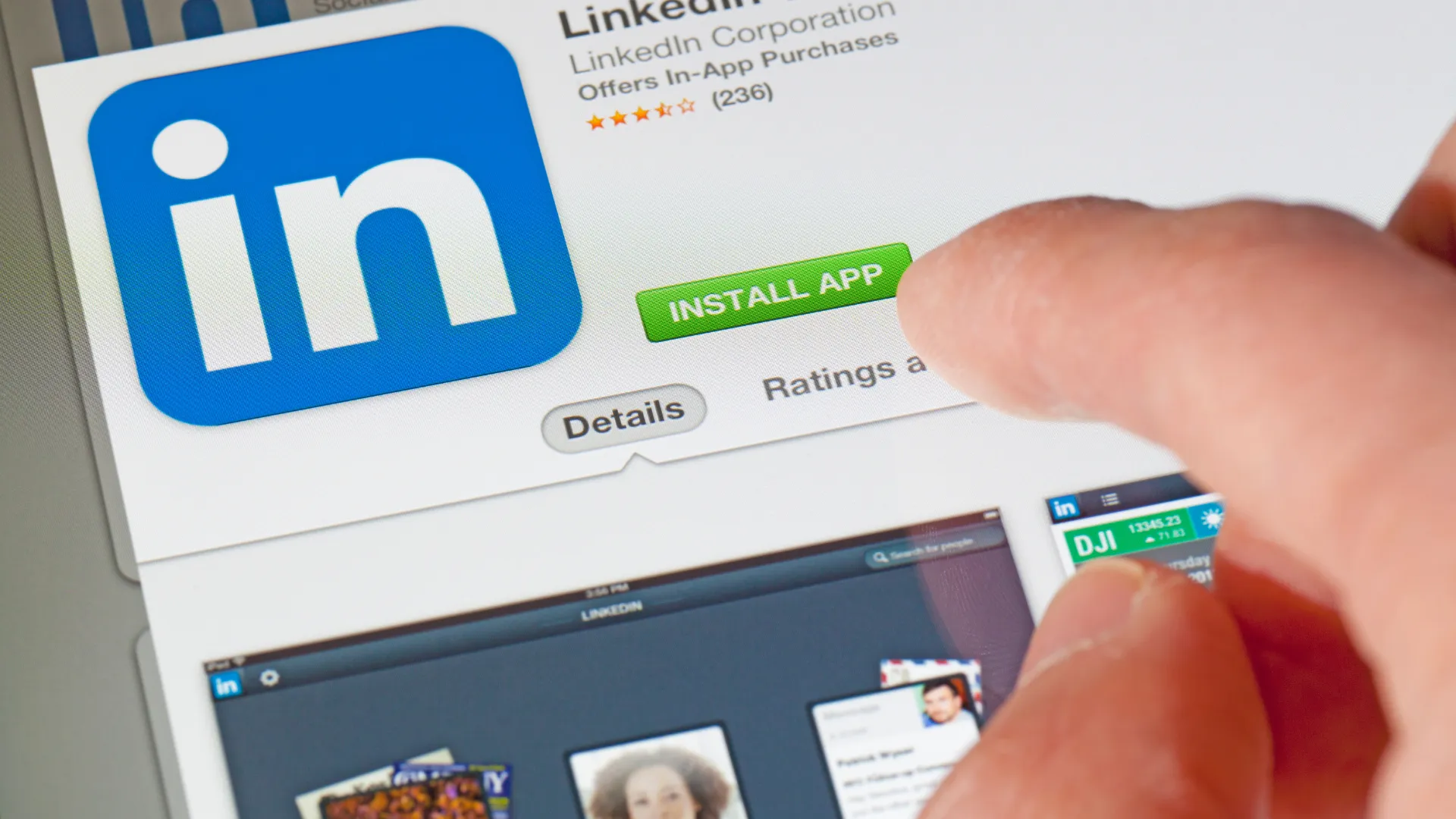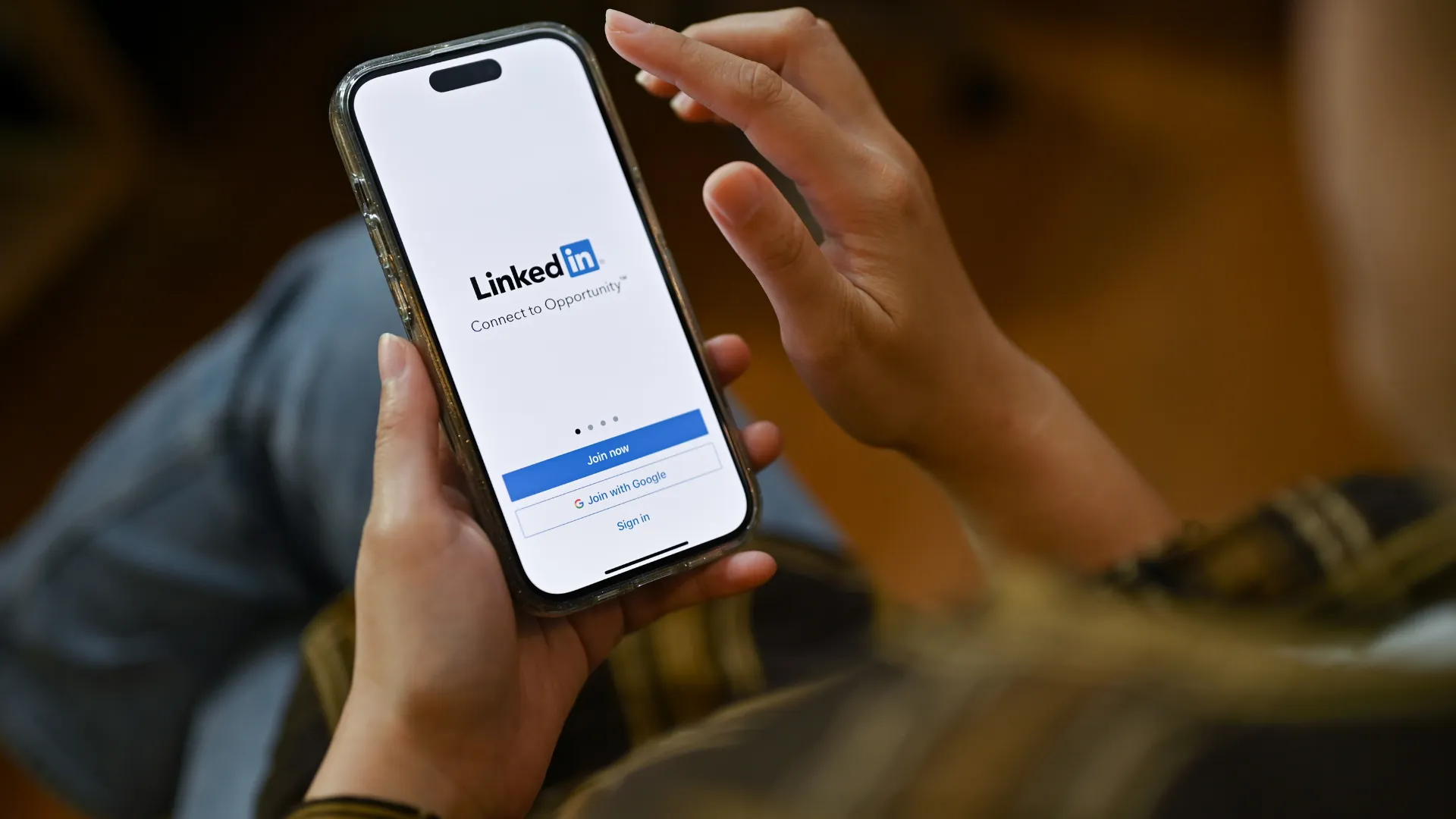
The 5 Most Common LinkedIn Scams
In today's digital age, LinkedIn has become the most popular professional networking site. LinkedIn is a social media platform where individuals and companies alike can establish an online presence, build their network and search for new job opportunities. However, as LinkedIn's popularity grows, the number of scams on this platform is also increasing. Scammers are getting cleverer and more creative, making it challenging for users to identify fraudulent activity. It is important to know how to detect and avoid fraud on LinkedIn in order to protect your personal information, reputation and financial security.
In this article, we will explore the different types of scams on LinkedIn and provide tips and strategies to ensure you do not become a victim.
How big of a problem are those common LinkedIn scams?

In 2021, LinkedIn successfully managed to remove an impressive 32 million fraudulent LinkedIn members accounts. What's more remarkable is that they even prevented 11.9 million from becoming active thanks to their stringent registration process and a further 4.4 million were restricted due to other reasons - bringing the total close to 50 million! These numbers are huge indicators of how powerfully proactive LinkedIn is in combating fake accounts on their platform.
Compared to the prior six months, during the first half of 2022 there was a staggering 5.5 million spike in fraudulent accounts, most of which had a unique LinkedIn profile.
Types of LinkedIn Scams

Fake job offers
Fake job offers are one of the most common scams on LinkedIn. They will often use attractive-sounding job titles and descriptions that may entice you to apply for a position that doesn't actually exist. Scammers create fake job postings or send messages to users, offering them a job in exchange for personal information or money.
If someone contacts you first, a red light should always go on for you that it could be a fake job offer. It doesn't have to be this way, and very often it isn't (very often well known legitimate companies and head hunters look for their employees that way), but you should be aware that this is an increasingly common practice. The easiest way to verify the credibility of the recruiter is to perform a reverse image search to find the photos across other social media platforms or belonging to other accounts.
Phishing scams
Phishing scams are another tactic used by fraudsters on LinkedIn. Here they will attempt to get personal information from you by pretending to be someone else or a business you trust. Such a fake profile may appear to be credible at first, but if you look deeper into the account credentials you will see it's just another fake LinkedIn account.
Connection requests from fake LinkedIn accounts
Connection requests from fake LinkedIn profiles are also a common scam on LinkedIn. These fake profiles often use stolen pictures and information to connect with unsuspecting users and try to extract sensitive information.
Also watch out for contacts who are not just business, but express interest in a romantic relationship, comment on your appearance and ask for contact.
Fake Premium Accounts
LinkedIn also has a paid premium service in its offering, scammers take advantage of this by contacting potential victims. Fake premium accounts, offer premium features for a lower price.
Tech Support Attacks
There have been reports of fake tech support scams, where someone claiming to work for LinkedIn will contact you and offer help with resolving any issues you might have.
For your safety, LinkedIn does not provide customers with a phone number for assistance. Unfortunately, there are companies that claim to offer support services on our behalf in exchange for payment; however, they are not associated or endorsed by LinkedIn. Please be aware that their customer service is free of charge from us and they will never request you to share sensitive information such as passwords or access codes to your computer.
How to spot and avoid LinkedIn scams

Knowing how to spot and avoid LinkedIn scams is essential to protect your personal and financial information:
- to identify fake job offers, make sure to research the company and job posting thoroughly;
- if it sounds too good to be true or requires you to pay money upfront, it's likely a scam;
- phishing scams can be identified by checking the sender's email address and ensuring it matches the official LinkedIn email domain;
- always be cautious of unsolicited messages asking for personal or financial information.
- to check if a LinkedIn profile is fake, look for signs of inconsistencies, such as blurry or stolen profile pictures, limited connections, and incomplete profiles;
- to spot fake premium accounts, check the account's activity, connections, and endorsements;
- exercise caution when a business requests you to purchase your own devices (laptops, iPads, and cell phones) and then sends them to their IT division.
- lastly, to avoid social engineering scams, be cautious of messages that play on your emotions or urge you to take quick action. Always verify information before taking any action or providing sensitive information like personal or banking details.
Where to report LinkedIn scam?

If you have fallen victim to a LinkedIn scam, it's crucial to take immediate action to minimise the damage.
Firstly, report the scam to LinkedIn by clicking on the "More" icon on the scammer's profile and selecting "Report this profile."
You can also report the scam to LinkedIn's customer support team, who will investigate the incident and take appropriate action. If you've received a scam message on LinkedIn, please contact them HERE. If the scam involved financial loss, report it to your bank or credit card company to prevent further unauthorized charges.
Additionally, monitor your credit report and online accounts for any suspicious activity. There are also other resources available for reporting scams, such as Action Fraud. By reporting the scam, you can help prevent others from becoming victims and potentially recover any losses you incurred.
Summary

In conclusion, being aware of LinkedIn scams is crucial to protect your personal and financial information. It is a great platform where professionals can exchange experiences and gain new business contacts. There is no need to be discouraged about using it. Scams are everywhere - it is only important to be aware of them.
Scammers often use this platform to target unsuspecting users with fraudulent job offers, phishing scams, and social engineering tactics. By knowing how to spot and avoid these scams, you can protect yourself from falling victim to these types of fraudulent activities.
If you do fall victim to a LinkedIn scam, it's crucial to take immediate action to minimise the damage by reporting the incident to LinkedIn, your bank or credit card company, and other relevant authorities.
By taking these steps, you can help prevent others from falling victim to the same scam and potentially recover any losses incurred.
Ultimately, we encourage all LinkedIn users to stay vigilant and take action to protect themselves and the entire LinkedIn community from these malicious activities.